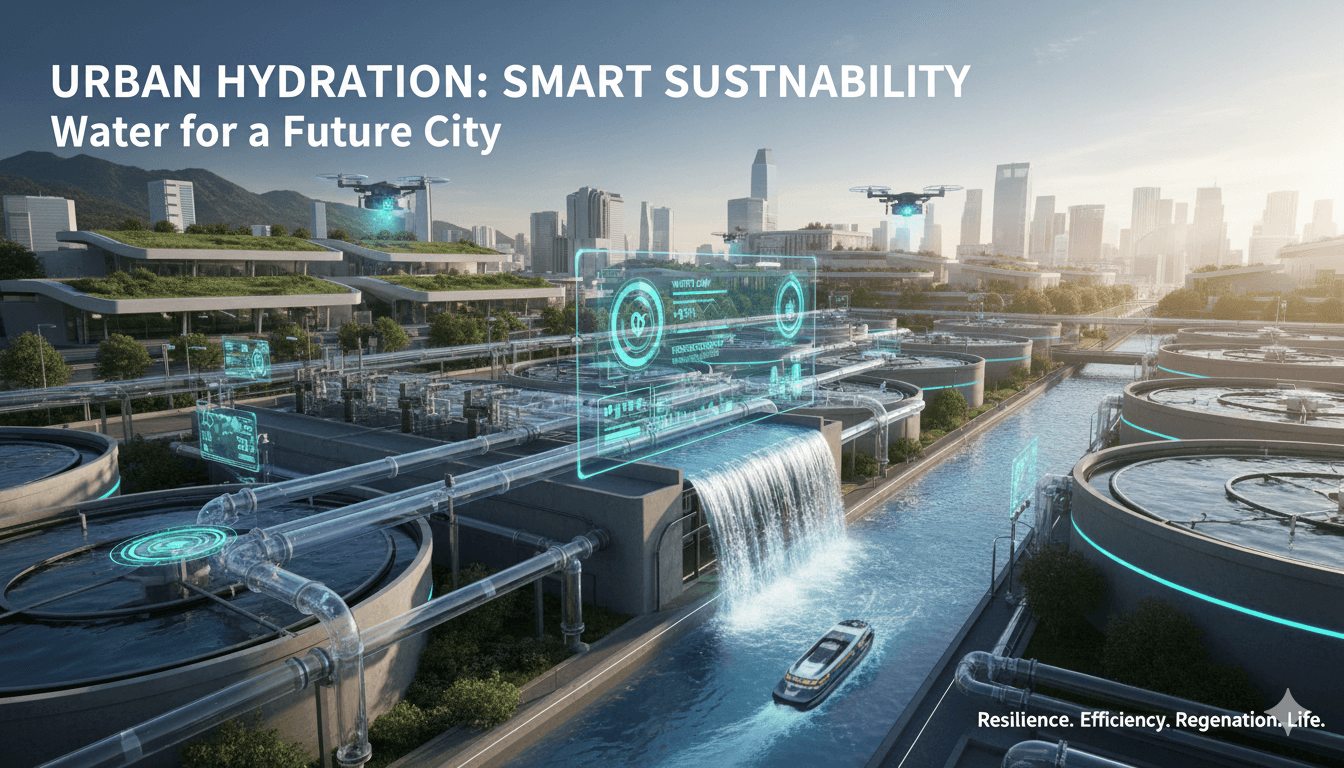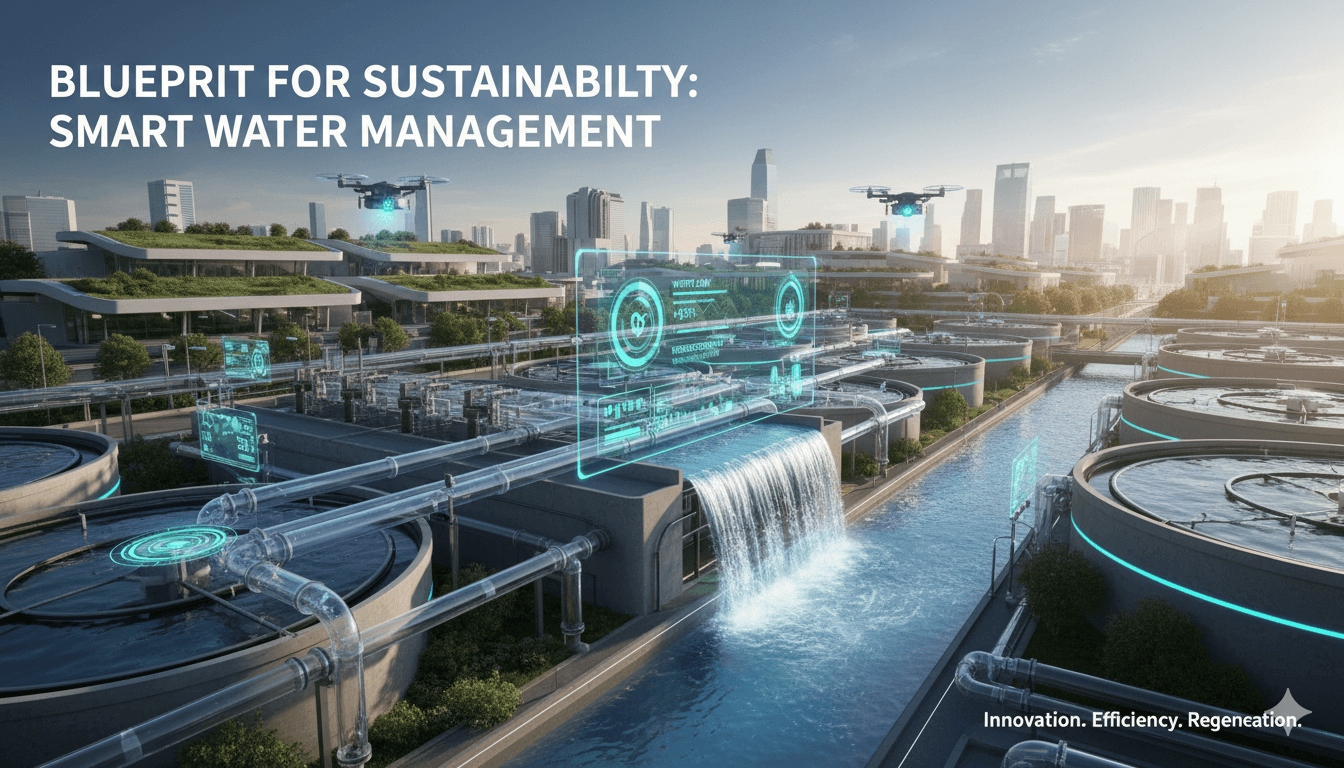In 2026, water sustainability has become one of the most critical priorities for governments, industries, and communities worldwide. With climate change intensifying droughts, floods, and freshwater scarcity, innovative approaches to water management are emerging to ensure equitable access, efficient use, and long-term resilience. Smart resource management, advanced recycling, desalination, and digital monitoring systems are redefining how water is conserved, distributed, and utilized across urban and rural landscapes.
1. Global Water Challenges in 2026
Freshwater resources are under unprecedented pressure. Rising populations, industrial demand, and unpredictable climate patterns are exacerbating water scarcity. According to the United Nations, by 2026, nearly 40% of the global population faces severe water stress. This has prompted a global push for sustainable solutions, with governments, NGOs, and private enterprises investing heavily in innovative water management technologies.
2. Smart Water Management Systems
Smart water systems leverage digital technologies like IoT, AI, and cloud computing to monitor, analyze, and optimize water usage. In 2026, cities across Europe, Asia, and North America deploy sensors and AI algorithms in pipelines, reservoirs, and distribution networks to detect leaks, predict demand, and optimize supply. These systems not only reduce water loss but also cut operational costs and energy consumption.

3. Urban Water Recycling and Reuse
Recycling wastewater is no longer a niche technology. In 2026, advanced treatment plants convert wastewater into potable water, irrigation supplies, and industrial process water. Cities such as Singapore and Melbourne lead with large-scale water reuse projects, reducing reliance on freshwater sources and supporting sustainable urban growth.
4. Desalination Technologies for Coastal Regions
Desalination has become more energy-efficient and environmentally friendly. Innovations like solar-powered reverse osmosis, membrane technology improvements, and brine minimization strategies allow coastal cities to meet growing water demands sustainably. In 2026, desalination plants are operational in regions previously limited by freshwater scarcity, including the Middle East, North Africa, and parts of Asia.

5. Agricultural Water Efficiency
Agriculture consumes over 70% of global freshwater. Smart irrigation systems, precision agriculture, and soil moisture monitoring now allow farmers to optimize water usage while maintaining crop yields. In 2026, AI-driven analytics guide irrigation schedules, detect plant stress, and reduce runoff, conserving water while supporting food security.
6. Industrial Water Innovation
Industries are adopting closed-loop systems, water recycling, and zero-liquid discharge technologies. In 2026, manufacturing sectors including textiles, chemicals, and electronics significantly reduce water footprints by reusing process water and recovering valuable byproducts. Corporate sustainability programs increasingly tie water efficiency to financial performance and brand reputation.
7. Policy, Regulation, and Incentives
Global and national policies are crucial to driving water sustainability. Regulations incentivize water reuse, penalize excessive consumption, and support technological adoption. By 2026, governments in Europe, North America, and Asia implement water stewardship programs, subsidies for smart infrastructure, and frameworks for water accounting and reporting.
8. Community-Led Water Solutions
Empowering communities to manage local water resources is a growing trend. Rainwater harvesting, small-scale desalination, and local treatment systems provide resilience in rural and underserved areas. In 2026, community water initiatives are supported by digital platforms, enabling monitoring, knowledge sharing, and efficient distribution.

9. Water-Energy Nexus
Water and energy systems are deeply interconnected. Efficient water management reduces energy consumption, while renewable energy powers water infrastructure. In 2026, hybrid solutions like solar-powered desalination, micro-hydropower for pumping, and AI-controlled pumping stations optimize the water-energy nexus, lowering emissions and costs simultaneously.
10. Future Innovations in Water Sustainability
Looking ahead, emerging technologies such as graphene-based filtration, atmospheric water harvesting, and AI-driven water allocation promise to further enhance sustainability. In 2026, research and pilot programs explore scalable solutions for both urban megacities and remote rural areas, creating adaptable systems capable of meeting diverse water demands worldwide.
Conclusion
Water sustainability in 2026 is not just an environmental necessity; it is a cornerstone of economic stability, public health, and climate resilience. Through smart resource management, innovative recycling, efficient agriculture, and advanced desalination, humanity is building a future where water is conserved, shared, and used responsibly. The era of intelligent water stewardship has arrived, shaping cities, industries, and communities toward a resilient and sustainable future.

